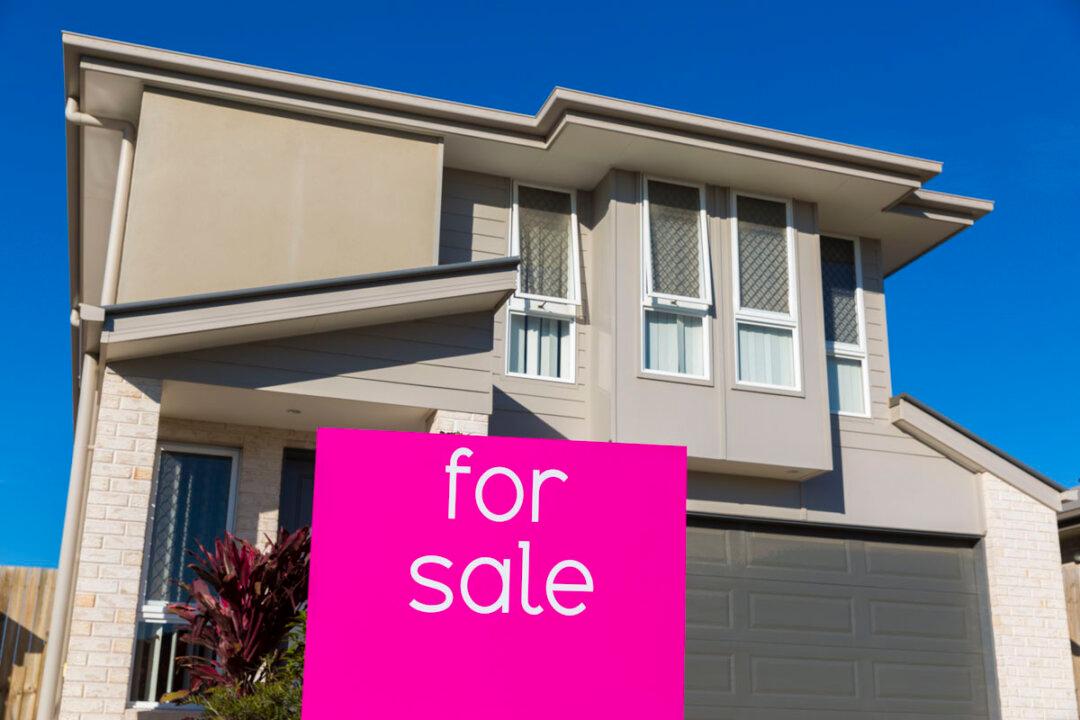The falling affordability of homes may lead to a second wave of growth in the Australian regional housing market as buyers are pushed out of the cities to cheaper, regional areas.
CoreLogic head of research Eliza Owen told The Australian that since most capital cities were sitting at record high prices, movement to the periphery of large cities or more affordable regional centres was likely.





